Diverticulum is the term used for the occurrence of inflammation or infection in one or more diverticula. Diverticula are like sacs that often appear in the last part of the large left intestine, which is called the sigmoid colon, as the result of the bulging out of the inner layer through the outer layer of the colon.
Diverticulosis is only one sac or bulge. Several sacs are called diverticula. Diverticulitis is the presence of diverticula in the intestine while the inflammation of the diverticula is named diverticulitis. It often appears in people older than 50 years, and it is more common in males than in females.
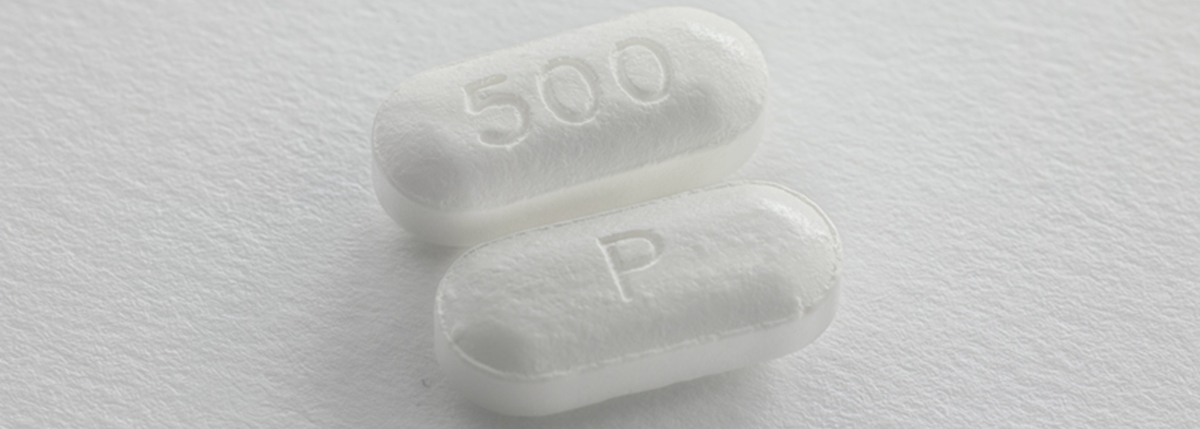
Causes of Diverticulitis
The appearance of the diverticula is usually caused by the excessively strong contractions of the muscular wall of the large intestine. It can happen when the person is on a hard diet so the colon is significantly narrowed because the stool is less produced. Also, diverticulitis occurs when a piece of stool or bacteria is stuck in the diverticula.
Symptoms of Diverticulitis
There are few symptoms and signs of diverticulitis such as low abdomen pain and fever. In some cases, rectal bleeding occurs. The person who suffers from diverticulitis usually has diarrhea, constipation, or abdominal spasms.
Diagnosis of Diverticulitis
Diverticulitis is diagnosed by a procedure called angiography. In this procedure, a catheter is inserted through the artery in the leg and then moved up into one of the major arteries of the gastrointestinal system. There is also another method in which a colonoscope is inserted into the colon through the rectum.
Treatment of Diverticulitis
Diverticulitis must be treated in order to prevent further complications. Hospitalization is recommended, although some doctors let their patients take treatment at home. Antibiotics must be used along with some liquid diet. Most frequently used antibiotics are Ciprofloxacin, Metronidazole, Cephalexin, and Doxycycline.
- About 85% of patients that attend to the emergency department for an acute onset of diverticular disease will have an uncomplicated form of it, and they may be treated conservatively. The rest of the cases will present with abscess, fistula, perforation, stricture, or peritonitis, where surgical treatment is advised in an urgent or elective setting.
- Regarding nonoperative management, patients can be hospitalized or sent home with or without antibiotics. Treatment should be tailored according to the patient’s characteristics. Patients with uncomplicated diverticulitis by CT may develop severe complications in 1.4% of the cases, while recurrence rates have been described to be from 5 to 20%.
- The DIABOLO study was a multicentric trial evaluating two different approaches for the management of uncomplicated acute diverticulitis, either observation or antibiotic treatment. The patients included were those with the first episode of left-sided uncomplicated diverticulitis, classified according to Hinchey’s or Ambrosetti’s scale. The diagnosis was confirmed with a CT scan in the first 24 h of presentation. The antibiotic used was amoxicillin-clavulanic acid (unless allergic), and it was handed intravenously four times a day for the first 2 days and then switched to oral three times a day until a 10-day course was completed. The primary analyses included 528 patients. The median time to recovery during 6 months follow-up was 14 days for patients who had conservative management vs. 12 days among those with antibiotics. Readmission rates were comparable: 17.6% in the observation vs. 12.0% in the antibiotic group (p = 0.148). The proportion of patients with recurrent diverticulitis was similar in the two groups (3.4 vs. 3.0%; p = 0.494). Rates of sigmoid resection were comparable (3.8 vs. 2.3%; p = 0.323) for both emergency resection (0.8 vs. 1.1%; p = 0.553) and elective resection (3.1 vs. 1.1%; p = 0.254). In both groups, the most common reason for sigmoid resection was colonic obstruction (3 of 10 in the observation group vs. 2 of 6 in the antibiotic group), followed by perforation (2 of 10 vs. 2 of 6).
- Another multicenter trial was the AVOD, where 10 surgical departments in Sweden and one in Iceland participated. Uncomplicated diverticulitis was defined as an episode of clinical signs compatible with diverticulitis, including fever and raised inflammatory markers complemented with computed tomography (CT). The randomization was done with sealed envelopes, and the patients were treated with just intravenous fluids or with antibiotic therapy, but in any case, hospital admission was required. A total of 623 patients were enrolled in the study—309 patients in the no-antibiotics arm and 314 in the antibiotics group. In the antibiotics group, the treatment was initiated with an intravenous combination of a cephalosporin (cefuroxime or cefotaxime) and metronidazole, or with carbapenem antibiotics or piperacillin-tazobactam, and then changed to an oral regimen for completion of 7 days. The discharge was made after the improvement of clinical and biochemical parameters in both groups. Further investigations with colonoscopy, barium enema, or CT colonography were made if none of these were performed within 1 year before admission at 6 or 8 weeks. No significant differences were found between patients treated with or without antibiotics. Neither did between the frequencies in surgery, length of hospital stay, recurrence of diverticulitis, chronic pain, or changes in bowel habit after 12 months.
To lessen the pain in the abdominal region caused by muscle spasms, acupuncture is the best solution. There are also herbs such as Mexican yam, German chamomile, marshmallow, and calamus that are very effective for reducing inflammation of diverticulitis. Patients who are mildly ill can use antispasmodic drugs such as Chlordiazepoxide, Dicyclomine, Hyoscyamine, Atropine, Scopolamine, Phenobarb, and Hyoscyamine.
Doctors usually recommend plenty of liquid and foods that contain low fibers. They also suggest the patients avoid nuts, seeds, and corn.
The most common treatment for curing diverticulitis is the allopathic treatment “resting the bowel”. In this case, the patient must be hospitalized and he receives fluids intravenously along with antibiotics. Sometimes, blood transfusion is also necessary if excessive bleeding occurs.


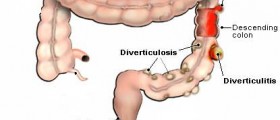
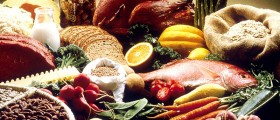

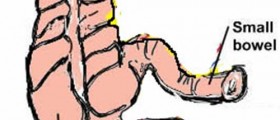


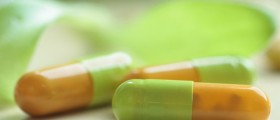
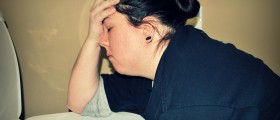



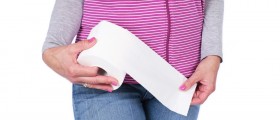


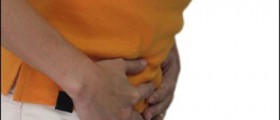
Your thoughts on this
Loading...